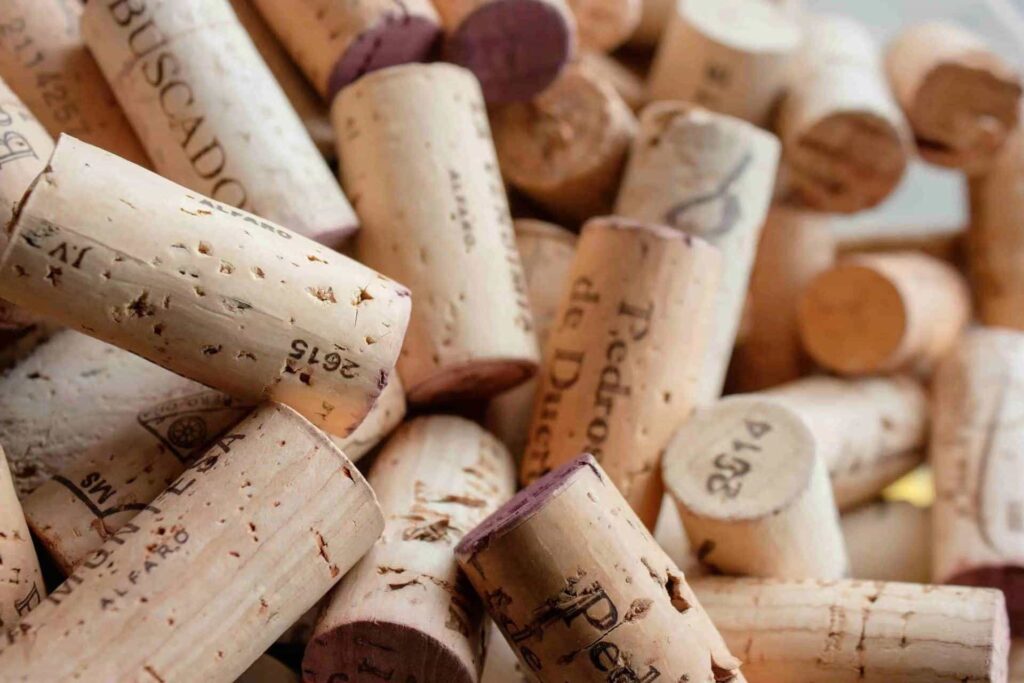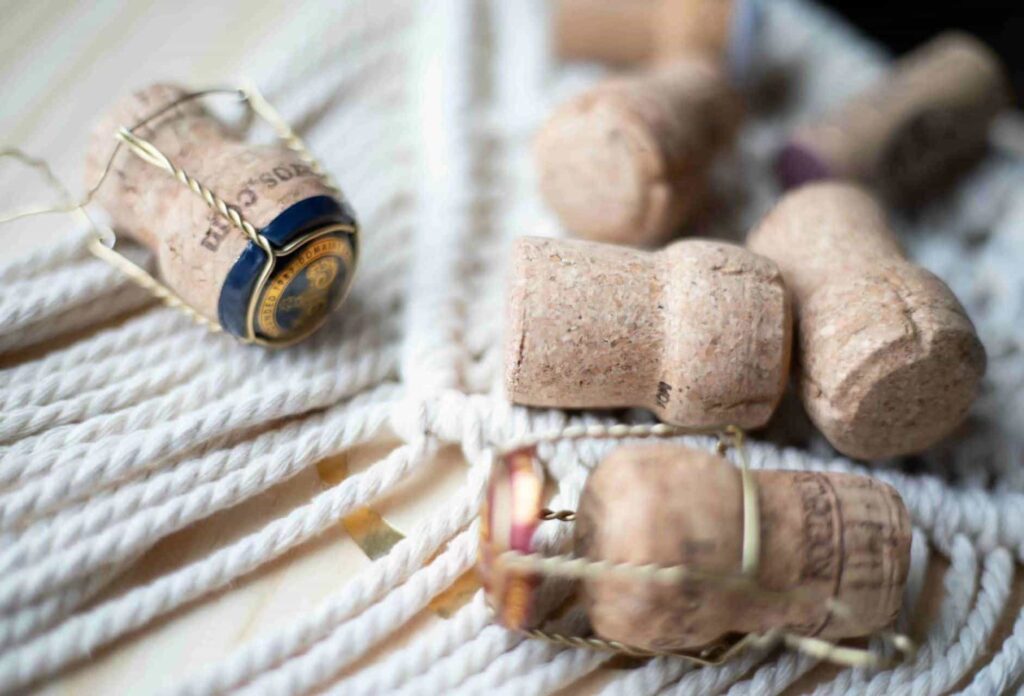Introduction: When it comes to glass bottle packaging, one crucial element often overlooked is the choice of cork closures. As a glass bottle manufacturer catering to wholesalers, retailers, and wine brand designers, understanding the history, types, advantages, and disadvantages of corks is essential. In this article, we’ll delve into the world of corks, providing valuable insights for your packaging decisions.
Section 1 Different Types of Corks
Corks have been used for centuries to seal various containers, but their popularity in the wine industry dates back to ancient times. The ancient Greeks and Romans were among the first to use cork stoppers for their wine amphorae. Fast forward to today, and cork remains the preferred choice for sealing wine bottles.
1.1 Natural Corks
Natural corks, made from the bark of cork oak trees, are the traditional choice for wine bottles. They offer several advantages, including:
Excellent Sealing: Natural cork has a unique cellular structure that allows it to expand and create a tight seal, preventing oxygen from entering the bottle.
Aesthetic Appeal: The classic look of natural cork adds a touch of tradition and elegance to wine packaging.
However, they also come with some disadvantages, such as the risk of cork taint (TCA contamination), which can affect the wine’s flavor.
1.2 Synthetic Corks
Synthetic corks, made from materials like plastic or rubber, have gained popularity as an alternative to natural corks. Their advantages include:
Consistency: Synthetic corks are less susceptible to cork taint, ensuring a reliable seal.
Customization: They can be molded into various shapes and colors, allowing for branding opportunities.
Cost-Efficiency: Synthetic corks are often more affordable than natural corks.
However, some wine purists argue that synthetic corks may not provide the same aging potential as natural corks.
1.3 Technical Corks
Technical corks are a hybrid option, combining natural cork with a synthetic core. They aim to mitigate the risk of cork taint while retaining the traditional cork appearance.

1.4 Making the Right Choice of Corks for Wine Packaging
As a glass bottle manufacturer, it’s crucial to understand your customers’ needs when it comes to cork closures. Wine brand designers often consider factors like branding, tradition, and budget. Wholesalers and retailers look for reliable sealing solutions that won’t compromise the quality of the wine inside.
In conclusion, the choice of cork closures plays a significant role in glass bottle packaging. Natural corks, synthetic corks, and technical corks each have their advantages and disadvantages. By understanding these options, you can better serve your customers and help them make informed packaging decisions.
Remember, the right cork can be the perfect finishing touch to your high-quality glass bottles, ensuring that the wine within reaches its full potential.
Section 2 Customization Services on Corks for wine bottles
Smilebottles, is a glass bottle manufacturer with an identity as a glass bottle factory that specializes in bottle decoration and caters to B2B clients, including wine brands and other beverage producers, it is possible to customize corks by printing logos or designs on them. This customization can add a unique and branded touch to your products. Here’s how the process typically works:
○ Design Selection: You would work with your clients to determine the specific design, logo, or artwork they want to be printed on the corks. This design should align with their branding and packaging requirements.
○ Printing Method: There are various methods for customizing corks, including:
○ Hot Stamping: This involves using a heated die to transfer a foil or ink onto the cork’s surface. It’s a popular method for adding logos or text.
○ Laser Etching: Laser technology can be used to engrave intricate designs or text onto the cork’s surface. It provides a high level of detail and precision.
○ Ink Printing: Digital or screen printing can be used to apply ink directly onto the cork’s surface. This method is suitable for colorful designs.
Customized corks can be an excellent way to add a personalized touch to your glass bottles, making them more appealing to your customers, especially those in the wine and beverage industry who value branding and aesthetics.

Learn More About Corks vs. Screw Lids
For a deeper dive into the comparison between cork closures and screw lids for wine bottles, we invite you to explore our dedicated blog post on the subject. In this comprehensive guide, we discuss the pros and cons of both closure options, helping you make an informed choice for your wine packaging needs.
Read the full article here: Corks vs. Screw Lids for Wine Bottles
This additional resource will provide you with valuable insights into the factors that influence the selection of closures for wine bottles, ensuring that you have all the information necessary to make the right decision for your packaging requirements.











